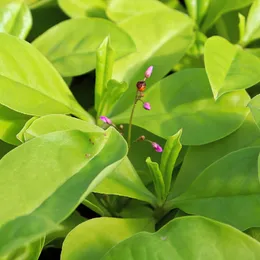Search Plants
Try for Free
English


Top 20 Most Common Plants in Jundiai
In Jundiai, you can find Dieffenbachia, Florist kalanchoe, Silver inch plant, Maize, Heart of jesus, and more! There are 20 types of plants in total. Be sure to look out for these common plants when you’re walking on the streets, in parks, or public gardens.

























South America > Brazil > Sao Paulo > Jundiai
More Plants in Jundiai

Most Common Flowers

Most Common Trees

Most Common Flowers of Winter